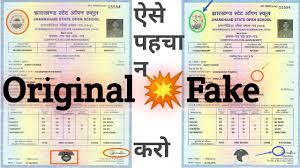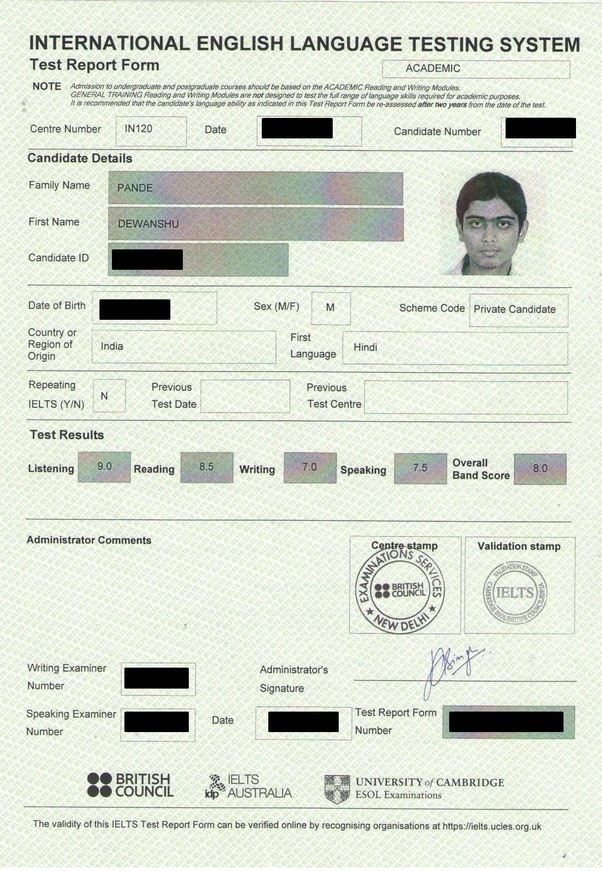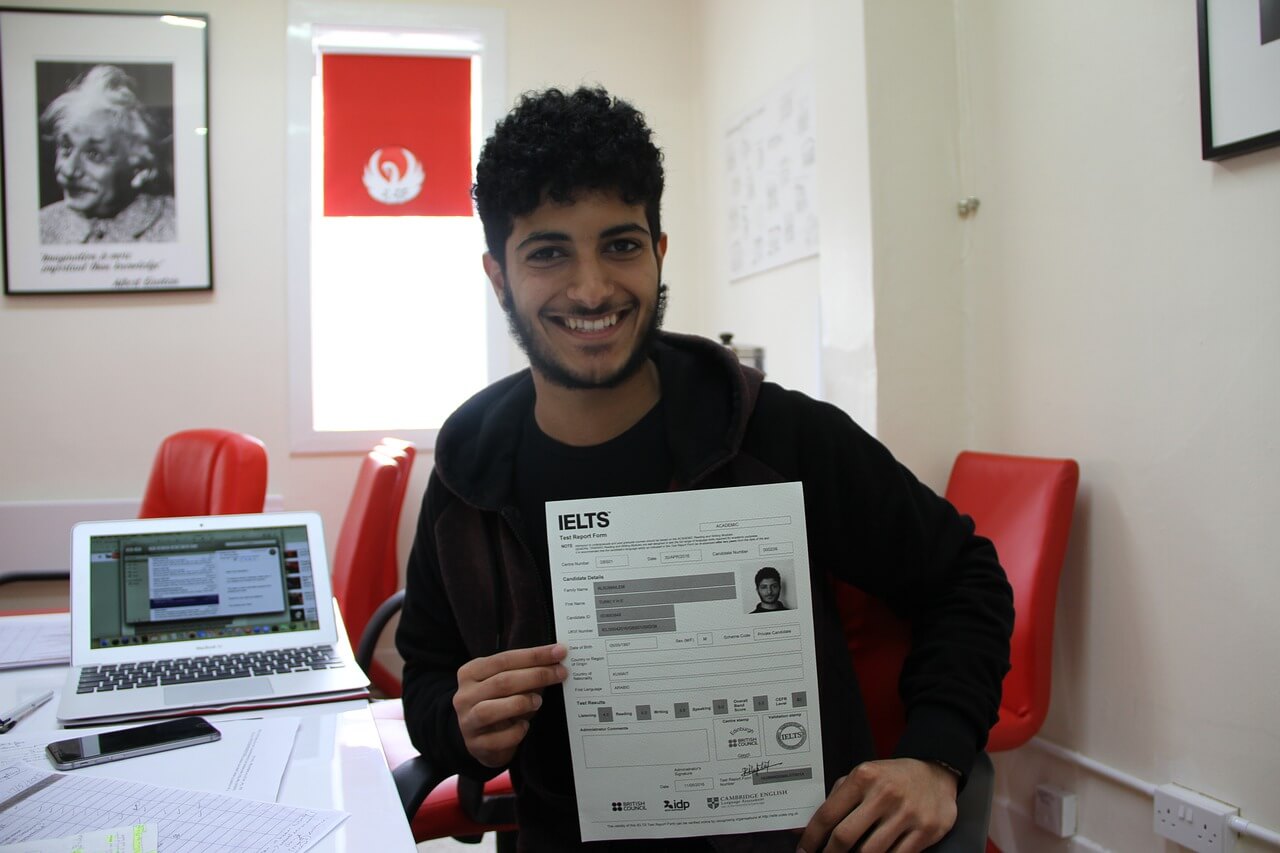How To Check Certificate Original Or Fake,
In today’s digital world, the demand for credentials and certifications has surged. Whether it’s a degree, professional certification, or course completion certificate, ensuring that these documents are legitimate is crucial. Fake certificates can lead to serious consequences, including job loss, legal action, and damage to personal or organizational reputation. To protect yourself, it’s essential to know how to check whether a certificate is original or fake.
Here’s a step-by-step guide to help you verify the authenticity of a certificate:
1. Examine the Physical Characteristics
One of the simplest ways to assess a certificate’s authenticity is by inspecting its physical qualities:
- Paper quality: Genuine certificates are usually printed on high-quality paper. Fake certificates often use ordinary paper or a poor-quality substitute.
- Watermarks: Many institutions print certificates with watermarks that are visible when held against light.
- Embossed seals: Some original certificates have raised or embossed seals, which can be difficult for counterfeiters to replicate.
2. Check for QR Codes or Serial Numbers
Many modern certificates, especially digital ones, come with QR codes or serial numbers that can be scanned or entered into a verification system. Here’s how to check them:
- Scan the QR code: If the certificate has a QR code, use a smartphone to scan it. The scan should take you to the issuer’s verification website or database.
- Verify the serial number: Some certificates have a unique serial number. Contact the issuing organization or use their online portal (if available) to verify the serial number.
3. Verify with the Issuing Institution
Contacting the organization or institution directly is one of the most reliable ways to confirm the authenticity of a certificate. Follow these steps:
- Visit the official website: Most reputable institutions have a verification page or contact information specifically for this purpose. Be cautious of fake or fraudulent websites.
- Call or email: You can call or send an email to the institution’s registrar or certification department to ask for confirmation.
- Provide details: Be ready to provide specific details such as the certificate number, recipient name, date of issue, and other information as required.
4. Cross-Check with Regulatory Bodies
Some certifications, especially those related to professional fields like medicine, law, or engineering, are regulated by specific bodies. You can check with these regulatory organizations to confirm the certification’s authenticity.
For example:
- Professional certifications: Check with industry-specific regulatory bodies.
- Academic degrees: Verify with educational accrediting agencies or national education departments.
5. Research the Issuing Institution
If the institution issuing the certificate seems unfamiliar, it’s worth researching:
- Accreditation status: Check whether the institution is accredited by legitimate education authorities. Many countries have official lists of recognized universities and certification bodies.
- Reputation: Look for reviews, news articles, or reports about the institution. Fake institutions often receive negative coverage for issuing fake certificates.
6. Look for Red Flags
There are several red flags to watch for when examining a certificate:
- Errors in text: Spelling mistakes, grammatical errors, and poor formatting can indicate a fake certificate.
- Lack of specific details: Genuine certificates usually include detailed information such as the recipient’s full name, the name of the issuing institution, and the course or degree awarded.
- Unusual signatures: Fake certificates often have signatures that don’t match the official ones from the institution or are poorly printed.
7. Check Digital Certificates via Blockchain Verification
In some cases, organizations have started using blockchain technology to issue and verify certificates. Blockchain verification ensures that certificates are tamper-proof and easy to authenticate:
- Blockchain-based platforms: Use platforms like Blockcerts or similar services to verify blockchain-verified certificates. The decentralized nature of blockchain prevents certificate forgery.
8. Hire a Third-Party Verification Service
If you are uncertain or need an extra layer of confirmation, consider hiring a third-party service to verify the certificate. These services often specialize in background checks and can help verify both academic and professional credentials.
9. Check for Digital Signatures (For Online Certificates)
If the certificate is a digital document, ensure it has a verifiable digital signature. Many online course providers and universities use digital signatures to authenticate certificates. You can check the signature by:
- Opening the document: Look for the signature section.
- Verifying through software: PDF readers like Adobe Acrobat allow you to check the certificate’s digital signature and its legitimacy.
Conclusion
Ensuring that a certificate is original is not just about protecting your own reputation but also about maintaining professional and educational integrity. By following the steps outlined above, you can confidently verify whether a certificate is genuine or fake. Always be vigilant and take the time to cross-check the details, especially if the document in question holds significant personal or professional value.
With these techniques, you’ll be better equipped to protect yourself and others from the risks associated with fake certificates.
You Might Also Like These:



